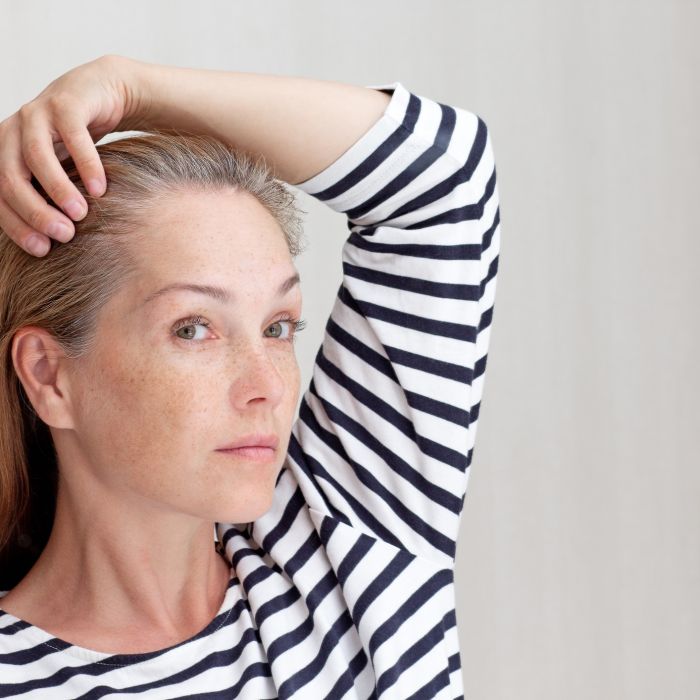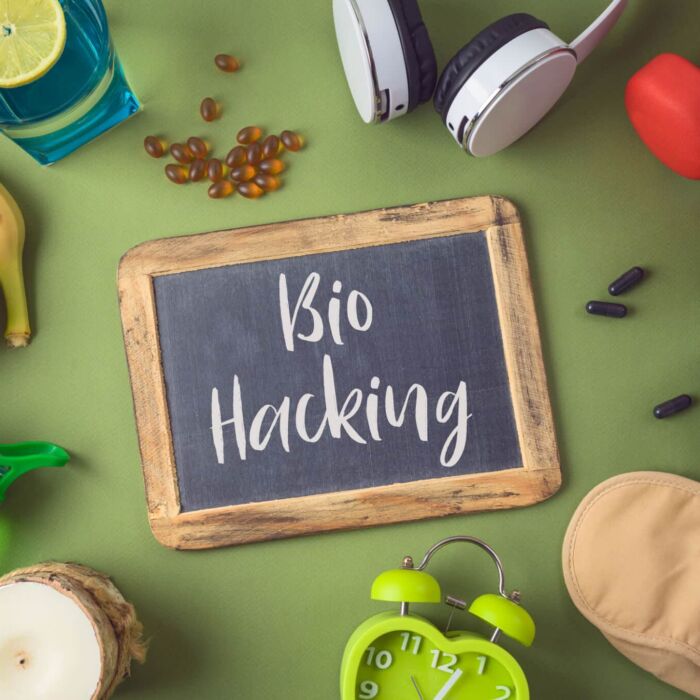If menopause is making you miserable, you should probably consider using hormone replacement therapy (HRT) for symptom relief. Perhaps you are reluctant to take the HRT plunge because of reports that this therapy can increase the risk of developing breast cancer. While standard HRT in women may increase breast cancer risk, that is not the case with bio-identical HRT, the only HRT ageRejuvenation uses. Not only does bio-identical HRT help prevent the development of osteoporosis, macular degeneration, diabetes, heart disease, and other common conditions of aging, it is less likely to boost the odds of developing breast cancer. It may even play a preventive role.
Women’s Health Initiative Study
In 1991, the Women’s Health Initiative (WHI) study, conducted by the National Institutes of Health, enrolled 160,000 women aged 50 to 79 to address health problems resulting in morbidity and mortality in this group. The WHI found that HRT consisting of estrogen/progestin therapy, used in women who still had their uteruses, increased breast cancer risk.
However, for women who had hysterectomies, and used estrogen HRT alone, a decrease in their breast cancer risk occurred. The results of the study caused the WHI to stop the estrogen/progestin HRT study in 2002, and the estrogen-alone HRT study in 2004. The overall use of HRT dropped significantly among women suffering the side effects of menopause.
Years later, a principal investigator of the WHI study, Dr. Robert Langer, said the initial results linking HRT to breast cancer were “misleading and distorted.”
Bio-identical HRT
Standard estrogen HRT consists of hormones created from pregnant mare’s urine. Synthetic progestins found in standard HRT may increase breast cancer risk. It is a one-size-fits-all type of HRT, taken off the shelf and given to the patient.
That is not the case with bio-identical HRT, derived from natural sources such as yams and soy and custom-tailored for each patient at a compounding pharmacy. While standard HRT differs from a woman’s natural hormones, bio-identical HRT is identical on the molecular level to the hormones produced by the body. That means your body cannot tell the difference between the estrogen formerly produced by your ovaries and bio-identical HRT. The bottom line is that the chemical structures of standard and bio-identical HRT are very different, and comparing one to the other is similar to comparing apples and oranges.
Estriol
In pregnancy, estriol is the primary type of estrogen involved and is produced by the placenta and fetus. No matter their ethnicity, women who give birth before the age of 20 have a 50 percent lower lifetime breast cancer risk, and estriol may prove responsible. Estriol studies in rats have shown a reduction in mammary cancer.
Considered the weakest of the three estrogens produced by the body – the other two are estradiol and estrone – estriol is often found in bioidentical HRT.
Lower Breast Cancer Risk
One study found that “physiological data and clinical outcomes demonstrate that bio-identical hormones are associated with lower risks, including the risk of breast cancer,” as well as being more effective than standard HRT.
Bio-identical HRT at ageRejuvenation
If you would like more information about the benefits of bio-identical HRT, contact ageRejuvenation today at 888-865-8370 to schedule a free consultation.







